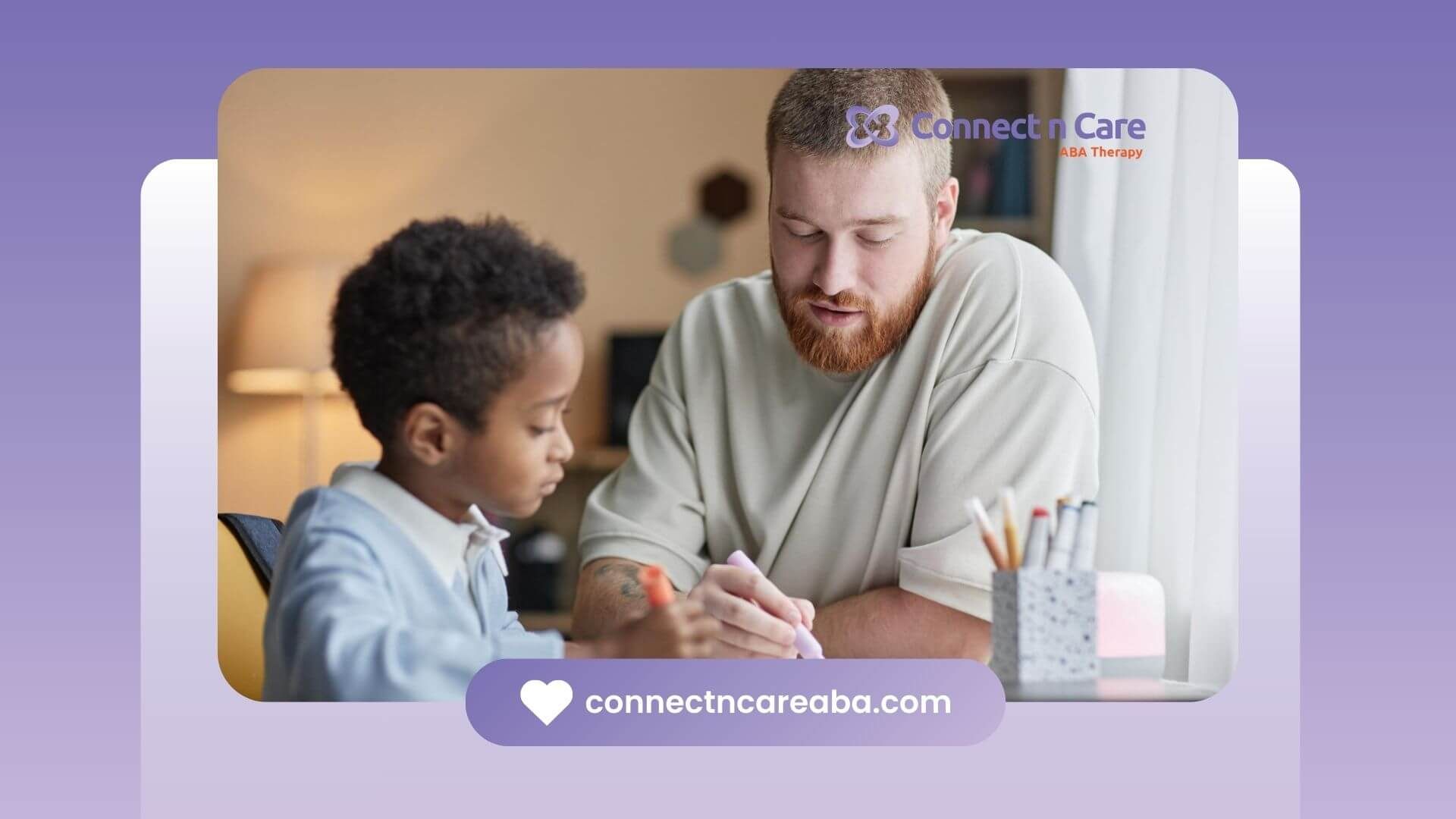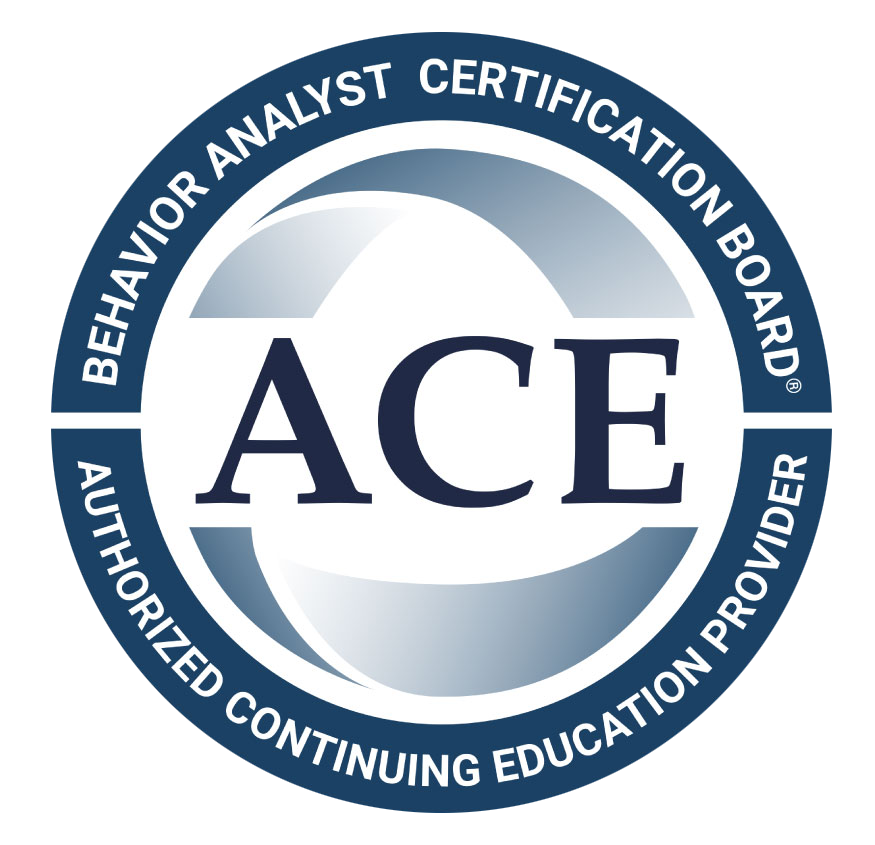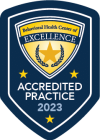Teaching autistic children needs care and a good look at the autism spectrum. Every child has their own needs. Picking the right school path is very important for the learning and social growth of autistic children. There are different choices, like special education or putting children into classrooms with others. Caregivers should think about what fits their child’s needs best. By knowing about the different ways to learn and what help is out there, families can choose what will work best for their child. This will help autistic children learn and grow to the best of their abilities.
Understanding Autism and Educational Needs
Autism can show up in different ways for every child. Each student on the autism spectrum has their own unique needs. Some face challenges, but many also have special strengths. It is important to see these differences. This helps in giving the right kind of education to every child.
All educational plans should work for the specific needs of autistic students. Some may have sensory issues, and others may learn best in a different way. Children on the autism spectrum do well when they get help that fits their unique needs. Changing the classroom and schoolwork to match their strengths helps them grow. It supports their learning, friendships, and feelings.
Common Learning Styles Among Autistic Children
Knowing how autistic students learn can help teachers try new and better ways to teach. Many autistic children are visual learners. They like pictures, diagrams, and color-coded tools. These things make it easier for them to see and understand ideas. This way, they can get information in a way that is more clear and steady.
Some autistic learners get information differently. They might like to do things with their hands or move around. Doing activities, using objects, or taking part in tasks that use both their mind and body helps a lot. Many autistic students do especially well with this style.
Bringing visual aids together with hands-on or movement-based learning gives these students a chance to use more than one way to learn. Using different teaching tools helps both the visual learners and the others. This makes their time at school more meaningful and helps create a good space for learning.
Social and Communication Challenges in the Classroom
Many autistic children have trouble with social skills and interacting with other people. This makes their time in the classroom hard. When they struggle to deal with their feelings, it can be tough to handle both social and school situations.
In general education classrooms, it is important to make sure everyone is included. Autistic students may not talk with other kids as much, so it's good to use ways that help them make friends and feel more sure of themselves. Setting up planned social activities can help them not feel left out.
Helping these children with clear and steady ways to talk to others, based on their own needs, can help them connect better. Using special methods, like practicing how to talk with others or working together in groups, helps build emotional regulation and gets them more involved in social interaction.
Public School Options for Autistic Children
Public schools give autistic children a place to learn with others, while still getting special education services. School districts often make education plans that fit each child’s individual needs.
Public schools also have trained staff who help autistic students. They offer the right accommodations and some extra learning help. These schools want to help students grow with both their social skills and their studies. They do this by mixing general education classrooms with special support groups.
Inclusive Classrooms and Resource Room Support
An inclusive classroom lets autistic children learn with other kids in a regular classroom. These students also get special accommodations that help with their unique needs. This way, they get to be a part of the group and practice being in many different social settings.
Special education teachers have a key role in making sure all children feel supported. They can use the “push-in” method, where help is given right in the regular classroom. They might also use “pull-out” sessions, where kids get one-on-one help in a different space.
Teachers make plans just for each student. They use visual aids and different ways to help with behavior so learning is easier. Having an inclusive classroom means students get both the learning and social skills they need to grow over time. It also brings a good balance so kids can work well and get along with others.
Specialized Support Services (IEPs, ABA, Speech Therapy)
Customized educational programs are very important for helping autistic children. These programs look at the unique needs of each child. Individualized Education Programs (IEPs) show what each student needs to succeed. They have clear goals and special accommodations for their learning experiences. Special education teachers work with the students to give them the right support.
There is also Applied Behavior Analysis (ABA) therapy. It is a way to help with behavior analysis and teach kids how to handle their feelings. This helps with emotional regulation and builds better social skills. Speech therapy helps autistic students improve their communication.
With help from these services, autistic children and autistic students can do well in special education or general classrooms. They get the support they need for their unique needs, learn more, build good social skills, and feel included with other people in the school.
Private Schools and Autism-Specific Programs
Private schools that focus on autism offer special programs for children who are on the spectrum. These schools understand the unique needs of autistic students. They have smaller class sizes, so each child gets more attention. The staff are trained and have experience working with children who have autism.
Autism-specific programs help create a more focused and well-planned place to learn. They look at both school work and behavior to make sure all needs are covered. Many private schools use evidence-based ways of teaching, like ABA therapy, to help give autistic students the best learning experiences.
Autism-Focused Private School Benefits
Autism-specific private schools give support for the special academic and behavioral needs of autistic students. They have smaller classes. This helps teachers give more one-on-one attention to each child. In this way, the child’s education can match their own strengths.
Many of these private schools have special classrooms. They use methods like behavior analysis as well as sensory and emotional accommodations. This setup helps autistic students feel more safe and comfortable. There is also better understanding between students and staff.
These schools put a focus on structured learning. They also help kids build social skills. Because of that, autistic students often make steady progress. This is something that can be harder to get in regular classrooms.
Choosing the Right Private School for Your Child
Finding the right private school takes time. You will need to see what your child needs. You also have to look for a school that has the right kind of teaching and support.
- Look at how much experience the teachers have with autistic students.
- Check if the school offers tailored plans and programs for each child.
- Find schools that have things like sensory accommodations and set routines.
- Look for places where parents and teachers work together and talk a lot.
A great private school should help your child with learning. The school should also help them grow in how they feel and get along with others.
Homeschooling and Hybrid Education Approaches
Homeschooling lets caregivers set up places to learn that fit autistic children best. You can use mixed ways too, by teaching at home and getting help from places nearby or from online programs.
These choices work well when regular schools do not meet the individual needs of autistic children. Most autistic children do better with teaching that is made for them and live well with steady ways to learn.
Advantages of Homeschooling for Autistic Learners
Homeschooling gives people the chance to have more control over how and where their children learn. It lets caregivers set up a calm space and keep things steady, with not as many distractions as there are in regular classrooms.
When it comes to individual needs, this way of learning helps a lot. Caregivers can pick the right speed and plan activities that are right for each child. Autistic students really do well when the curriculum is set up to match what they like and what they are good at.
The best thing about homeschooling is how flexible it can be. It can fit all kinds of learning experiences. This helps make kids feel safe, keeps things the same, and can help them do well with their schoolwork.
Blending Homeschooling with Community or Online Resources
Blending homeschooling with help from outside sources can make learning better. Community events help autistic children learn new social skills as they join in real-world activities.
- Online courses can add to what kids learn, especially in special subjects.
- Public schools often have short programs, such as science labs or music classes, where children can join in and learn more.
- Autism-focused community events give chances for autistic children to meet and spend time with others.
- In group sessions led by caregivers, children get the support they need and feel included.
This mixed plan helps keep studies strong and also supports real inclusion in learning.
Tailoring Education to the Individual Child
Autistic children need an education that fits their needs. This means teachers change how they teach, how the classroom looks, and what is taught. These changes are based on what each child is good at and what they find hard.
These kinds of accommodations help make learning experiences better and more fun for autistic children and their caregivers. This way, all of them get more from the time in school and feel supported.
Assessing Strengths and Interests
Knowing what a child is good at and what they like to do is the start of helping them learn well. By checking how they do in art, maths, or talking with others, the caregivers and teachers can better see what help they need.
Autistic children often do best when they can learn through things they like and are good at. Caregivers can work together with teachers to make sure these things are in the lessons.
Changing lessons to fit what a child can do best keeps them interested and helps them understand things better.
Adapting Curriculum and Teaching Strategies
Making changes to the curriculum and teaching methods helps autistic children learn well.
- Use visual aids such as charts or graphs to help with ideas.
- Structure lessons, so there are set routines that the children can expect.
- Make sure there are accommodations for any sensory sensitivities.
- Add hands-on, interactive activities whenever possible.
These steps help create the best learning experiences for autistic children. They are made to fit each student’s individual needs and help them do well in school.
Conclusion
To give the best education to an autistic child, you need to know about their unique needs. There are many ways to help them learn. Public schools with classrooms for all, private programs focused on autism, or homeschooling can all be good choices. Each of these options has benefits that can match your child's interests and the things they can do well. It is also important to use special support services, find out how your child learns best, and talk often with teachers and staff. These steps will help make a safe and caring place for your child to learn.
Finding the truly best educational path for an autistic child requires a deeply personalized approach. At Connect n Care ABA, we understand that optimal learning environments are built on individual strengths and needs, not a one-size-fits-all model. Our compassionate team integrates evidence-based ABA therapy to support academic goals, foster social-emotional growth, and build essential life skills, working closely with families to ensure seamless progress. We are dedicated to helping your child thrive in their unique learning journey, providing comprehensive, connected care. Choose Connect n Care ABA for expert guidance that empowers your child to achieve their fullest educational and developmental potential.
Frequently Asked Questions
What is the most effective teaching method for autistic children?
The best ways to help autistic students are to use ABA therapy, to have visual aids, and to keep things the same every day. These tools, along with good special education classes, help them do well in school. Using ABA, visual aids, and making sure there is consistency can make a big difference for autistic students in their learning.
How do I know if my child needs a specialized school?
Caregivers need to think about their child’s unique needs. They should look at education plans to see if these work well in the school their child is in now. Some schools have advanced tools and programs. These may be better for students who have special learning or growing needs.
Can autistic children thrive in mainstream classrooms?
Yes, autistic children can do well in regular classrooms. They need some changes and extra support to help meet their individual needs. When there is a set routine and the right accommodations, these children can have a good time and learn along with others.
This is paragraph text. Click it or hit the Manage Text button to change the font, color, size, format, and more. To set up site-wide paragraph and title styles, go to Site Theme.
Sources:
https://st-andrews-shifnal.co.uk/understanding-autism-and-special-needs-education
https://autism.org/learning-styles-autism/
https://educationonline.ku.edu/community/social-difficulties-in-autism-spectrum-disorder
https://www.autismspeaks.org/autism-school-your-childs-rights
https://www.autismspeaks.org/applied-behavior-analysis









